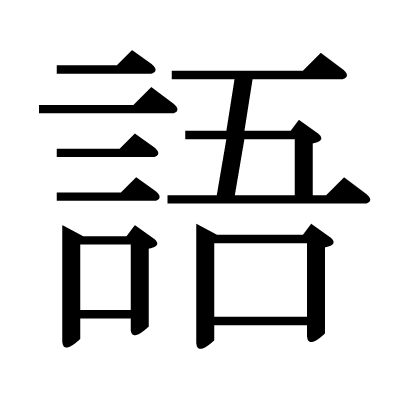
The Kanji alphabet, the most complex by far of the three of alphabets of Japanese, is made up of ideograms, meaning each character corresponds to a meaning and associated word. Kanji can also be combined into compounds, that represent a new meaning, sometimes these meanings can be easy to extrapolate, other times (honestly more often than not), you just need to memorise what each kanji compound means.
Take the Kanji for sun for example:
日
When added to the Kanji for book (although in this edge case it means origin) becomes the Japanese word for Japan, "Nihon":
日本
And you have the Japanese word for Japan, "Nihon". Compounds can be larger than just two symbols though, here's what happens when you add another Kanji to Nihon
Add the Kanji for word to make "Nihongo" meaning Japanese (language):
日本語
Add the Kanji for person to make "Nihonjin" meaning Japanese person, or Japanese (Nationality):
日本人
Kanji are used for writing nouns, adjectives, adverbs and verbs. There are about 2136 common use Kanji defined by the government ("Jouyou Kanji") that allow you to read Japanese fluently, with the vast majority of them having different readings depending on the context. Readings can be further categorised by the terms On'yomi (Literally "Sound reading") originally from Chinese, and Kun'yomi (literally translating to "meaning reading") which are the native Japanese readings. Learning these 2136 symbols is a major part of what makes Japanese quite such a difficult language to learn, but once completely learnt, form one of the more unique reading experiences from any language.
History of Kanji

Kanji are originally chinese characters, this is why there are chinese readings and japanese readings (mentioned above) are still preserved in the language today. Prior to the official introduction of Kanji to Japan, Japan had no alphabet or way of being written at all. The first recorded instance of Kanji being introduced to Japan was in 57 AD was on a gold seal given to the then king of Wa (an old name for Japan). Even after this however, it wasn't until the 5th century that widespread adoption of Kanji characters took place.